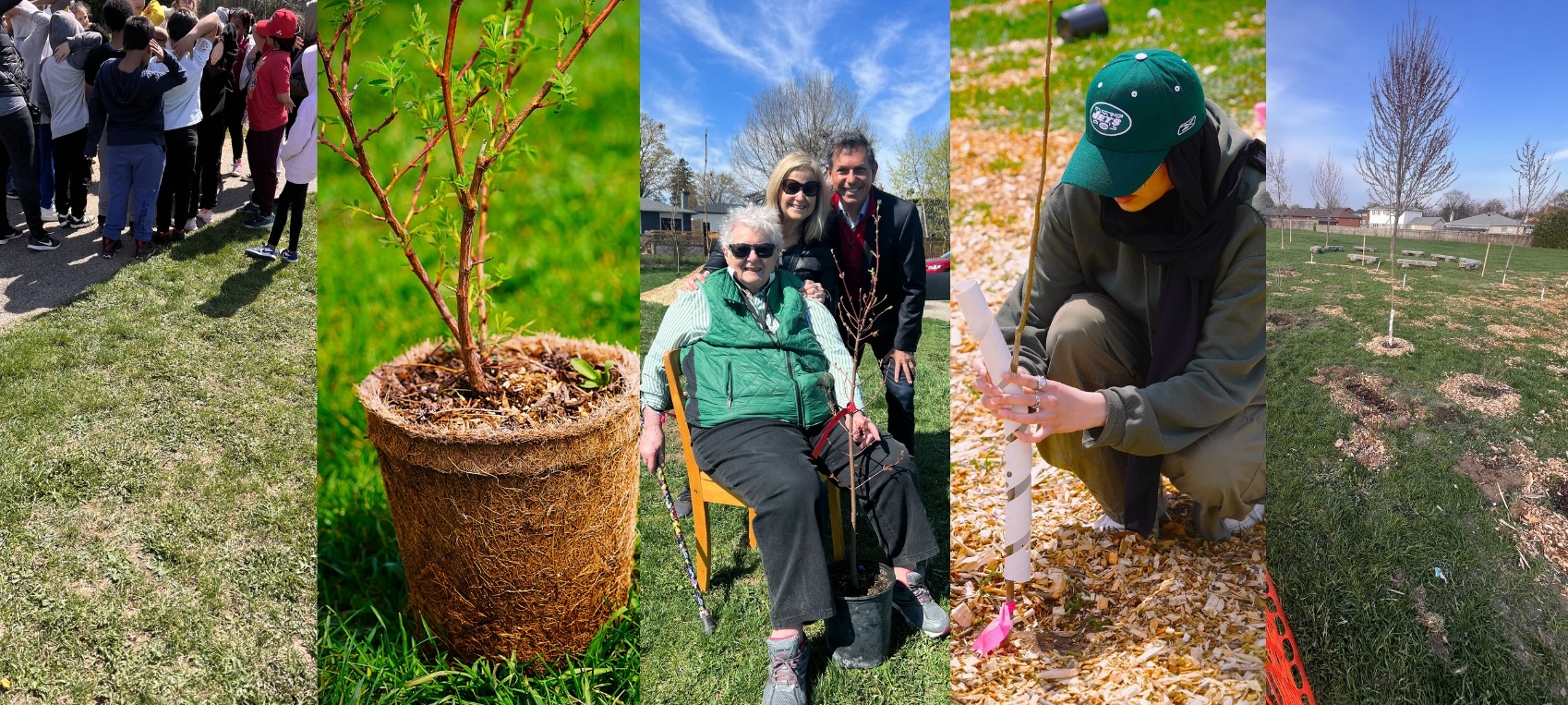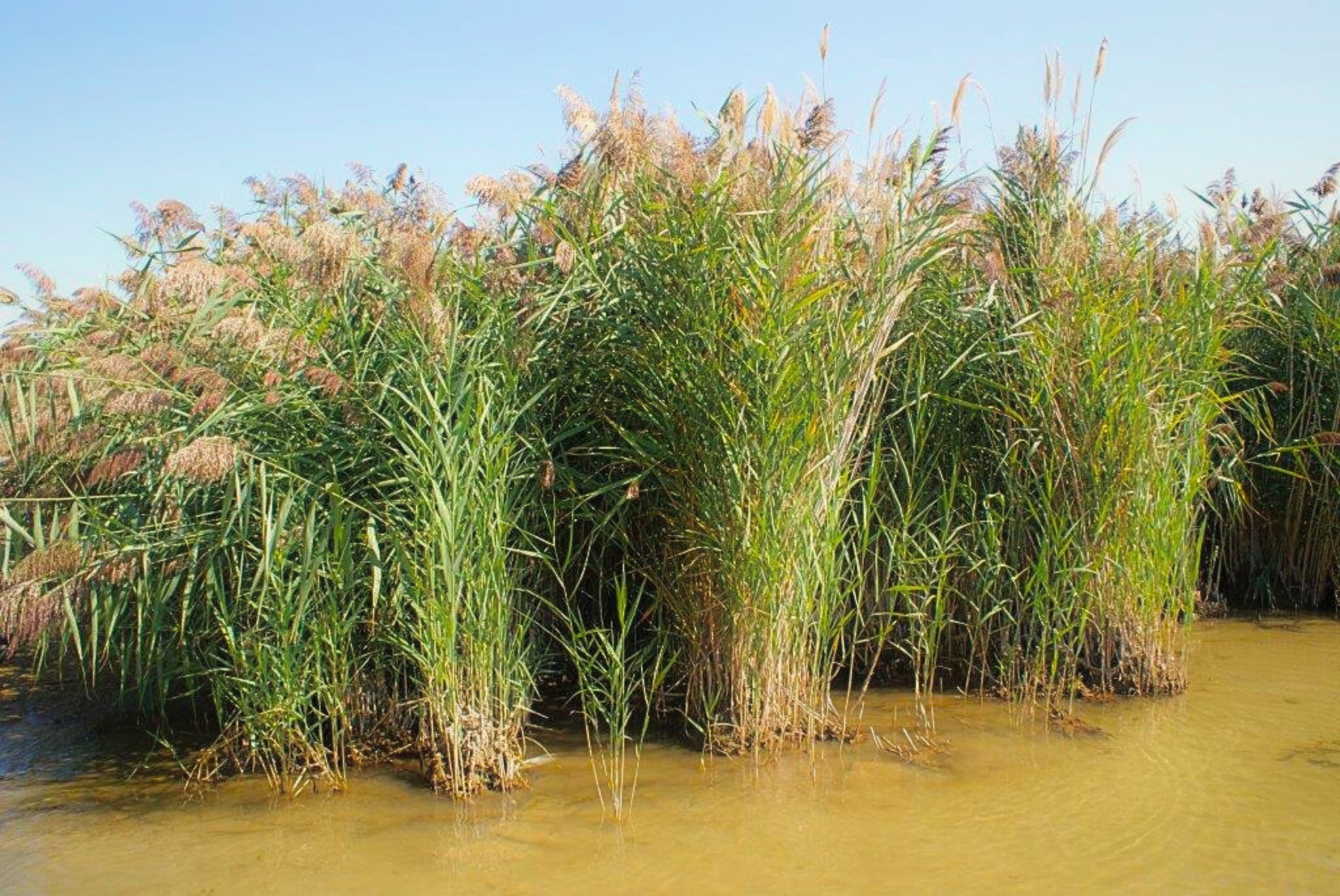Written by Patricia Pidoux, long-time ACER friend and supporter, and abstract artist!
Is there any colour that sparks as many associations for us as the colour green?
In spring, our happy anticipation of new green growth and floral abundance is rewarded with plants and flowers bursting from the ground with a palpable energy, and trees budding with the brilliant yellow-greens of tender young leaves. This annual transformation is a vivid expression of the interconnectedness of Earth’s elements, where sunlight, water and soil unite to re-awaken life. Split the colour green into its component pigments, yellow and blue—colours that represent our sun, sky and seas. Mix those pigments back together again, and you have the greening of the land.
Traditionally, the colour green symbolizes learning, teaching, growth, good health, healing and new understanding. Over the generations, a sense of hope, tranquillity and harmony has also become a significant part of our experience of green.
Each colour has the following three characteristics: hue (name; e.g. “green”), value (how light is the tint; how dark is the shade?), and saturation (how intense is the pigment or how “greyed-down” is it?).
Because of differences in our individual eyes and their constituent rods and cones, plus our own personal histories and associations with various colours, we do not all see colours the same. Some people see colours differently because they are “colour blind”. This does not mean that the person sees no colour, but rather that certain colours will appear brownish or murky and be confused with other colours. The most common form of this inherited condition is red-green colour confusion, which is much more likely in males than females.
In our richly colourful world, the colour green continues to shine with many positive and uplifting connotations and associations. Cosmically, we may think of the Aurora Borealis and its glorious greens, amongst other colours, flung across the skies at night. More rarely, we may see the flash of bright green on the horizon at the moment of the sun’s setting. And who doesn’t think of green when Ireland comes to mind? Ireland, with its very moist climate, presents an almost unimaginable variety of greens, both brilliant and subdued. Green is often called a lucky colour, being associated with money, four-leaf clovers, and leprechauns. Green even has its own month, the month of May, along with its gem, the emerald.
Life as we know it is sustained by green—the green of chlorophyll, the pigment in the leaves of plants and trees that makes them appear green to us. Chlorophyll, through a process called photosynthesis, absorbs sunlight and uses that energy to convert carbon dioxide and water into glucose (a type of sugar) and oxygen. This glucose is essential for the plant’s growth, while the oxygen released is essential for humans and other creatures to breathe. One could say that green plants and trees are Nature’s “chefs”, while we are privileged to be their guests. In return, we support their growth through the carbon dioxide we exhale! Photosynthesis also takes place in the ocean—in seaweed, microscopic algae and marine plants, which probably produce at least half of the oxygen we breathe.
This sacred interdependence between ourselves and the green of Mother Nature has been fundamental to our very existence since our earliest days.
“It’s not easy, being green.” – Kermit the Frog
-

Promise of Green -

Abundance -

Valley of the Ageless II
Published May 31, 2025








